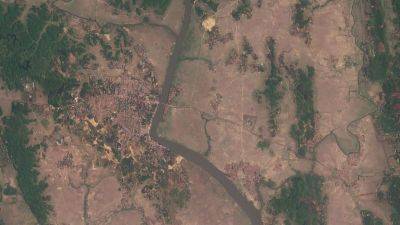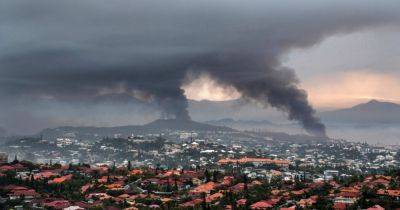Drones Changed This Civil War, and Linked Rebels to the World
In flip-flops and shorts, one of the finest soldiers in a resistance force battling the military junta in Myanmar showed off his weaponry. It was, he apologized, mostly in pieces.
The rebel, Ko Shan Gyi, glued panels of plastic shaped by a 3D printer. Nearby, electrical innards foraged from Chinese-made drones used for agricultural purposes were arrayed on the ground, their wires exposed as if awaiting surgery.
Other parts needed to construct homemade drones, including chunks of Styrofoam studded with propellers, crowded a pair of leaf-walled shacks. Together, they could somewhat grandly be considered the armory of the Karenni Nationalities Defense Force. A laser cutter was poised halfway through carving out a flight control unit. The generator powering the workshop had quit. It wasn’t clear when there would be electricity again.
Despite the ragtag conditions, rebel drone units have managed to upend the power balance in Myanmar. By most measures, the military that wrested power from a civilian administration in Myanmar three years ago is far bigger and better equipped than the hundreds of militias fighting to reclaim the country. The junta has at its disposal Russian fighter jets and Chinese missiles.
But with little more than instructions crowdsourced online and parts ordered from China, the resistance forces have added ballast to what might seem a hopelessly asymmetrical civil war. The techniques they are using would not be unfamiliar to soldiers in Ukraine, Yemen or Sudan.







